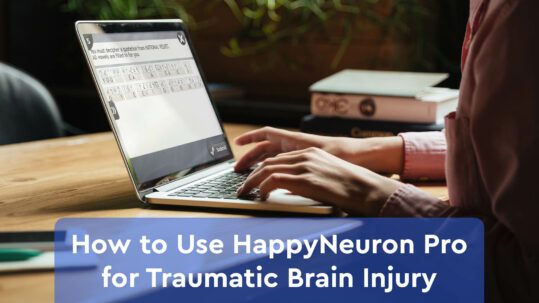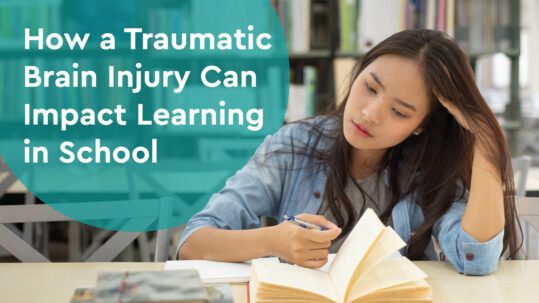Using Social Media as a Part of Brain Injury Rehabilitation
Social media offers an opportunity for people to connect with one another. On Facebook, people can find ‘groups’ devoted to special interests, causes, and hobbies. For people with brain injury, social media can provide a space for patients to connect with others who have also sustained similar injuries or find other resources available online and within a person’s community.
Sometimes brain injury can result in communication disorders, such as aphasia. Unlike face-to-face communication, social media gives a person time to think about what and how they would like to communicate. With internet culture today, people can decide to communicate using text or through images such as ‘memes’ and ‘gifs’. These moving images allow people with communication disorders ample ways to communicate.
Another important fact to remember is that people with brain injury are susceptible to social isolation due to changes in physical and cognitive ability. The trauma they experienced may cause them to develop affective disorders or changes in personality and identity loss. All of these new experiences can create fear within a person when trying to interact with strangers. However, this is where social media can help create a safe buffer for the person to safely learn about a person before meeting them in person.
Because social media is highly prevalent in today’s society, rehabilitation programs may consider integrating social media use as part of rehabilitation after brain injury. In a study examining social media use, 13 adults shared their experience using different social media platforms such as Facebook, Twitter, and Instagram. Users used social media for different purposes. One user enjoyed following celebrities they admire and another user used social media to learn how to communicate with others in their life. Overall, many of the participants had a positive experience using social media and used social media for a variety of different reasons. Participants in the study revealed their motivation to use social media in daily life included the desire to connect with others and to help make the public aware of brain injury.
However, social media may have a lot of positives it has its own challenges. In the study, participants reported experiences of feeling overwhelmed by the amount of content. They felt confused on new platforms or after the platform was updated. They also had communication barriers due to language difficulties, and being cyberbullied by ‘trolls’. The last challenge of cyberbullying is particularly important to address. People with and without brain injuries can be victims of cyberbullying. It is important for anyone using the internet to be mindful of other users and to have strategies in place to disengage from upsetting individuals.
If introducing social media use as part of a client’s rehabilitation plan, coming up with a plan for ‘safe’ social media use is essential. Here are some guidelines on how to practice safe social media use.
Key Takeaways
In the study, participants reflected the wanting to engage in social media use as a way to ‘join the masses’. Participants reported learning to use social media platforms relatively independently. Some users watched how other people used social media. All participants reported some degree of independent learning regarding using different social media platforms. In addition, participants were able to transfer these independently learned skills to learning how to use other social media platforms of interest. While not all participants reported a feeling of expertise, the opportunity to learn how to use social media was beneficial. Participants learned important skills such as searching the internet for guides, learning through trial and error, and how to apply learned skills to new situations.
Conclusion
Social media offers many advantages for people with and without brain injury. Features of social media allow people to find special interest groups, develop different communication methods, and facilitate social interaction among people. While social media is a useful tool, it is important to use social media with caution and have strategies in place to avoid negative interactions. Integrating social media as part of a client with a brain injury’s rehabilitation plan can provide a real-world experience that can help that client learn skills. It is for these reasons that therapists may want to consider adding a ‘social media’ curriculum to their clients with brain injury’s rehabilitation plans.
source
Brunner, M., Palmer, S., Togher, L., & Hemsley, B. (2019). ‘I kind of figured it out’: the views and experiences of people with traumatic brain injury (TBI) in using social media—self‐determination for participation and inclusion online. International journal of language & communication disorders, 54(2), 221-233.









